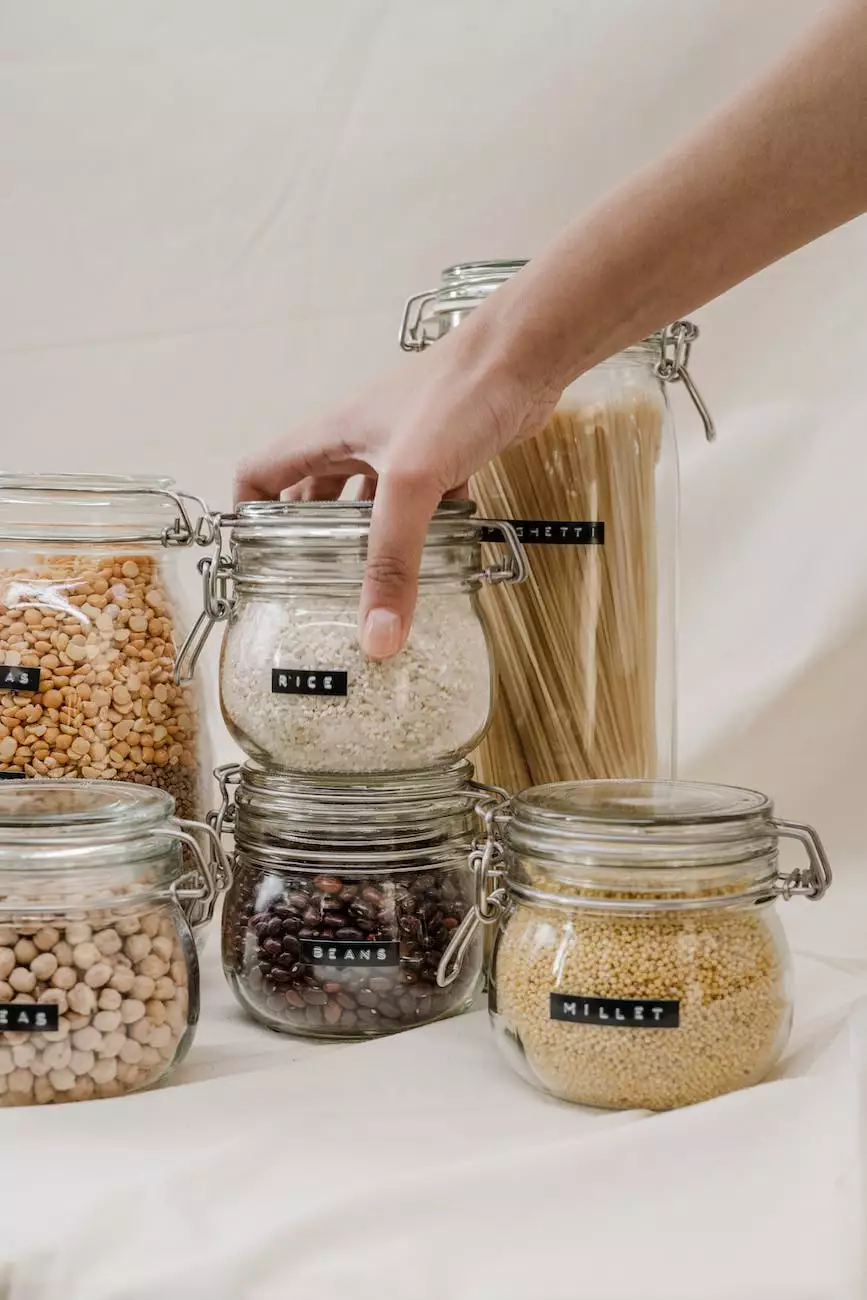11 Best Sulforaphane Rich Foods (With Tasty Recipes to Try!) - Pollen Bank
Blog
Introduction
Welcome to Pollen Bank's ultimate guide to sulforaphane rich foods! In this article, we will explore the top 11 foods that are naturally high in sulforaphane, a powerful compound known for its numerous health benefits. We'll also provide you with delicious recipes to incorporate these foods into your daily diet. Let's dive in and discover how you can boost your health with these nutrient-packed options!
What is Sulforaphane?
Sulforaphane is a naturally occurring compound found in cruciferous vegetables that belongs to a group of chemicals called isothiocyanates. It is known for its potent antioxidant and anti-inflammatory properties. Studies have shown that sulforaphane may help protect against various chronic diseases, including cancer, heart disease, and neurodegenerative disorders.
1. Broccoli Sprouts
Broccoli sprouts are one of the richest sources of sulforaphane. These young broccoli plants contain high levels of glucoraphanin, a precursor to sulforaphane. Consuming broccoli sprouts regularly may support detoxification, reduce inflammation, and enhance antioxidant defense. Try adding them to your salads, sandwiches, or smoothies for a crunchy and nutritious boost!
2. Broccoli
Broccoli, the mature version of broccoli sprouts, is another excellent source of sulforaphane. This versatile vegetable can be enjoyed steamed, roasted, stir-fried, or added to soups and casseroles. By including broccoli in your meals, you can easily incorporate sulforaphane into your diet and reap its benefits.
3. Brussels Sprouts
Brussels sprouts are not only packed with vitamins and minerals but also contain significant amounts of sulforaphane. These miniature cabbage-like vegetables are delicious when roasted, sautéed, or added to stir-fries. Experiment with different cooking methods and seasonings to find your favorite way of enjoying Brussels sprouts!
4. Kale
Kale is a powerhouse of nutrients, including sulforaphane. This leafy green vegetable is known for its high antioxidant content and is perfect for adding to salads, smoothies, and soups. If you haven't tried kale chips yet, consider baking them with a sprinkle of salt and olive oil for a healthy and crispy snack!
5. Cabbage
Cabbage, available in various varieties like green, red, and Napa cabbage, is a cruciferous vegetable rich in sulforaphane. From coleslaw to stir-fries, cabbage can be a versatile addition to your meals. Incorporating cabbage into your diet is an excellent way to increase your sulforaphane intake.
6. Cauliflower
Cauliflower offers not only a mild and versatile taste but also a good amount of sulforaphane. You can enjoy cauliflower roasted, mashed, or even as a pizza crust alternative. Get creative with cauliflower recipes to diversify your sulforaphane-rich meal options.
7. Bok Choy
Bok choy, a type of Chinese cabbage, is another sulforaphane-rich vegetable to incorporate into your diet. Its crunchy texture and slightly sweet flavor make it an excellent addition to stir-fries, soups, and salads. Consider trying some Asian-inspired recipes to take advantage of the unique taste of bok choy!
8. Radishes
Radishes may be small in size, but they provide a surprising amount of sulforaphane. These crunchy root vegetables can add a refreshing and tangy flavor to your salads, sandwiches, or even as a crunchy snack on their own. Don't forget to include radishes in your sulforaphane-rich meal plans!
9. Watercress
Watercress is a peppery and nutritious leafy green that contains substantial amounts of sulforaphane. Its unique flavor profile makes it a great addition to salads, sandwiches, or as a garnish for various dishes. Add some watercress to your next meal to enhance both the taste and health benefits!
10. Arugula
Arugula, also known as rocket or rucola, is a flavorful salad green that contains sulforaphane. Its slightly bitter and peppery taste can be balanced with other ingredients like lemon juice, olive oil, and Parmesan cheese. Consider using arugula as the base for your salads or as a topping for pizza and pasta dishes.
11. Mustard Greens
Mustard greens, with their distinctive peppery flavor, are yet another excellent source of sulforaphane. Like other greens, they can be enjoyed raw in salads or lightly cooked in stir-fries, soups, or sautés. Don't miss out on the opportunity to incorporate mustard greens into your sulforaphane-rich meal repertoire!
Tasty Recipes to Try
1. Broccoli Sprouts Salad
Ingredients:
- 2 cups of broccoli sprouts
- 1 cup of cherry tomatoes, halved
- 1/2 cup of cucumber, diced
- 1/4 cup of red onion, thinly sliced
- 2 tablespoons of extra virgin olive oil
- 1 tablespoon of balsamic vinegar
- Salt and pepper to taste
Instructions:
- In a large bowl, combine the broccoli sprouts, cherry tomatoes, cucumber, and red onion.
- In a separate small bowl, whisk together the olive oil, balsamic vinegar, salt, and pepper.
- Pour the dressing over the salad and toss gently to combine.
- Let the salad sit for a few minutes to allow the flavors to meld, then serve and enjoy!
2. Roasted Brussels Sprouts
Ingredients:
- 1 pound of Brussels sprouts, trimmed and halved
- 2 tablespoons of olive oil
- 2 cloves of garlic, minced
- Salt and pepper to taste
Instructions:
- Preheat your oven to 425°F (220°C) and line a baking sheet with parchment paper.
- In a large bowl, toss the Brussels sprouts with olive oil, minced garlic, salt, and pepper until well-coated.
- Spread the Brussels sprouts evenly on the prepared baking sheet.
- Bake for 20-25 minutes, or until the Brussels sprouts are crispy and lightly browned.
- Remove from the oven and serve as a tasty side dish or a healthy snack!
Conclusion
Congratulations! You've now discovered the 11 best sulforaphane rich foods and have some delicious recipes to try. Remember, incorporating these nutrient-packed options into your meals can provide numerous health benefits, thanks to the powerful compound sulforaphane. Experiment with different cooking methods and recipes to diversify your sulforaphane-rich diet. Enjoy the flavors while boosting your health with Pollen Bank!









